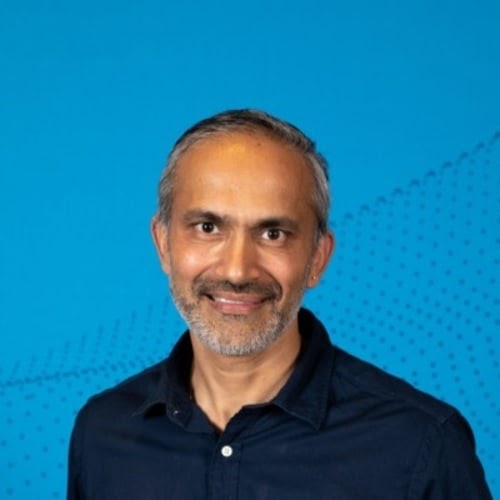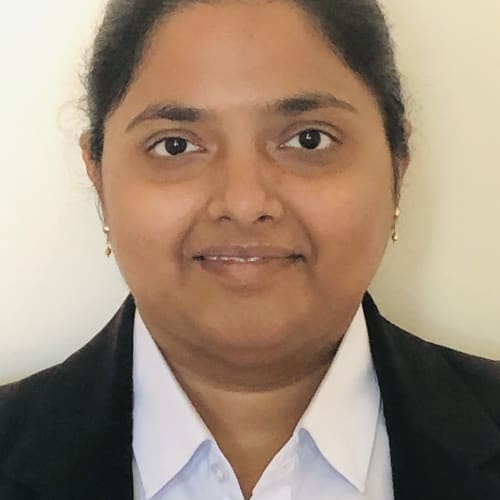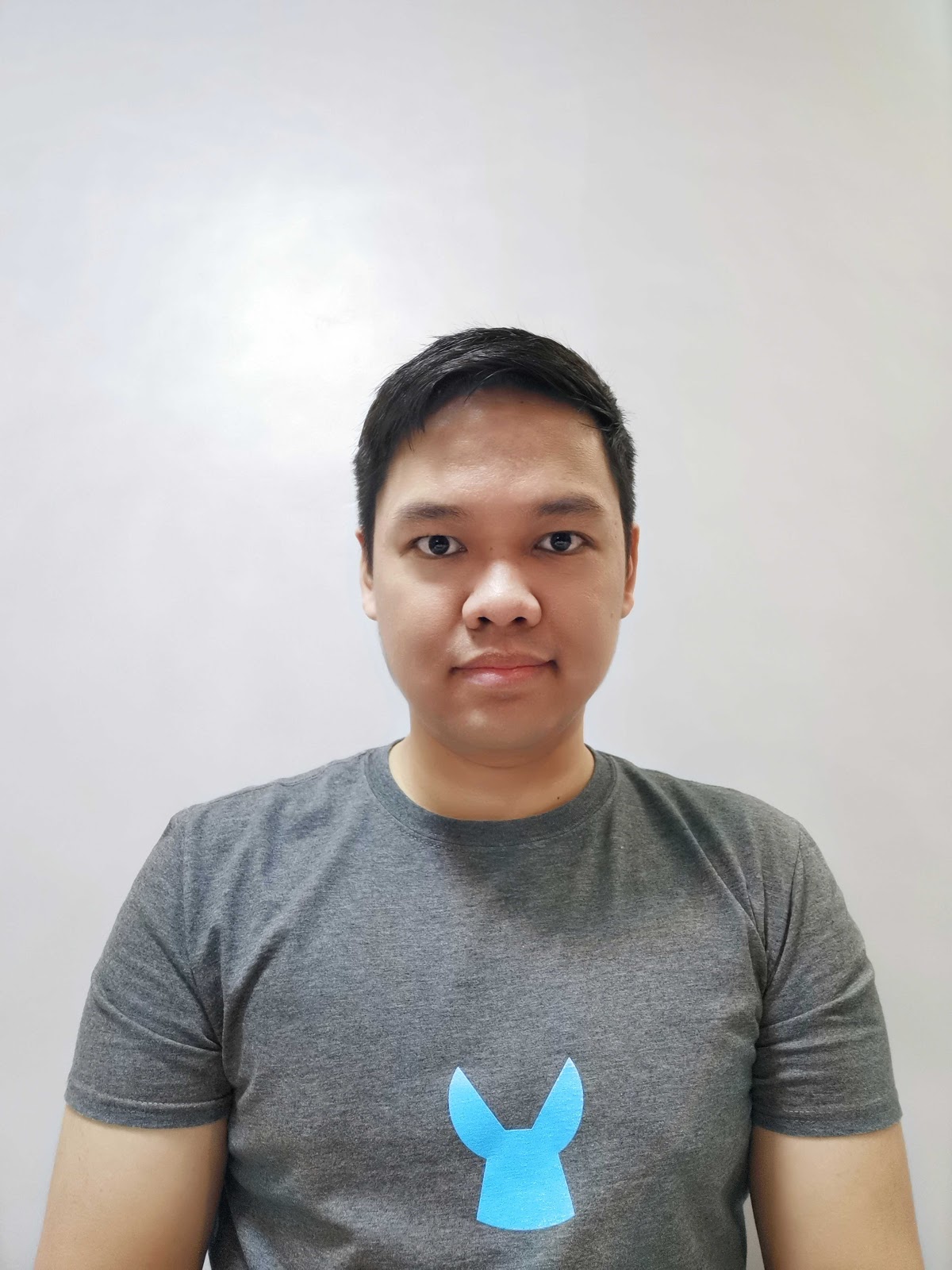During a virtual Sydney MuleSoft Meetup, I led a panel discussion with members of the MuleSoft Community including customers, partners, and Muleys from different parts of the world. During this discussion, the participants shared how they built their careers in APIs, integration best practices, and talked about all things MuleSoft.
To begin, I asked each panelist to describe their current role, mention a few career highlights, and share their number one life or integration principle. Let’s meet the panelists!
Meet the panelists
Jack Greenrich, Tech Lead at the University of Newcastle
Jack Greenrich is a Tech Lead at the University of Newcastle. His job focuses on integration and middleware technologies as well as making sure all systems are running smoothly. He started in IT as a Junior COBOL Programmer for Australian Consolidated Press as part of the Australian Computer Industry training program. This was an experimental program to increase the number of computer programmers in Australia and one of Jack’s highlights of his career. He says, “I couldn’t be more grateful for the guys in the program who gave me insights into what it was to write proper and serious software.” After this program ended, another highlight was working on a help desk for developers using Microsoft supporting everything from C++ to accessing servers and beyond. Jack’s number one principle is to build support.
Krishnan Ramaswamy, Solution Engineer at MuleSoft
Krishnan Ramaswamy is a Solution Engineer at MuleSoft who works hard to be a trusted advisor to the client and solve customer problems in a product agnostic manner. His first role in IT was as a C developer in an anti-virus company. Some of his top highlights include building a workflow engine in early 2000 without any prior knowledge of WorkFlow. He also built a HICAPS interface for MBF and joined MuleSoft as the 12th employee in the ANZ region. His number one principle is to be simple, honest, and passionate. Krishnan also loves technical challenges.

Raghavi Yarasi, Sr. Integration Analyst at BaptistCare
Raghavi Yarasi, Sr. Integration Analyst at BaptistCare, has been with BaptistCare for almost eight years in different roles. She says, “My role covers the 360-degree aspect of software solutions used in the organization right from dealing with end users, talking to businesses, dealing with vendors, implementation, customization, and maintenance of software solutions within the organization.” Her first role was an associate programmer at Convergys Information Management India Pvt Ltd. Her career highlights include: working for Telecom Billing to support Spring-PCS and British Telecom, as well as working for non-profits such as the Australian Red Cross and now BaptistCare in the Aged Care sector. Raghavi’s number one integration principle is that simplicity is the ultimate sophistication.

Ryan Andal, MuleSoft Ambassador and Associate Manager at Capgemini
Ryan Andal is a MuleSoft Ambassador and Associate Manager at Capgemini who is active in the MuleSoft Community and is a mentor to many developers. He describes his job as managing requirement gathering, analysis, design, development, testing, and deployment. He also provides mentoring and consulting support to consultants and architects. Ryan started as a Java developer and has progressed to MuleSoft Ambassador which is one of his top career highlights. He is also a Salesforce Trailblazer, MuleSoft Meetup leader, and has contributed over 1,000 answers to the MuleSoft Forum. Ryan’s number one principle is to think beyond your capabilities and work beyond your expectations.

Now that we’ve learned more about our panelists and their careers, I asked each panelist a few specific questions related to their areas of expertise, experience levels, and integration projects. The questions are in bold and you will see who answered as well as their answers immediately following.
Career-focused discussion:
Jack, for someone who has had a long career, how do you continue to grow and expand your skills?
Jack Greenrich: It’s maintaining a passion. A few years ago I remember getting to a point where I felt a bit burned out, I wasn’t enjoying the work anywhere and I stagnated. It was as though I was writing the same SQL sentences over and over again. With developers, they always look for the new, and I think that trait is important. If you stay too long working on one technology, you aren’t exploring nor expanding. You have to embrace new technologies and identify your interests. I did this when I was younger for fun, and today I still do it for fun. Ideally, it’s looking for new and interesting things to continue to grow your skills. Technology often does not disappoint.
Krishnan, you revealed you’ve been at MuleSoft for over six years, how have you changed over that time? Have you changed MuleSoft or has MuleSoft changed you?
Krishnan Ramaswamy: I don’t think it’s one person who changes the company, I think the company has changed a lot of us. The company is still the same and has a strong culture, it’s run by like-minded people with similar goals, and has a radically candid culture of feedback. It’s really not me changing the company, it’s the company changing us. It’s grown from an open-source product with a large community background to a very solid enterprise platform. We can see this in these great presentations today on how the product has evolved and helped customers in their digital journey.
Jack, you mentioned you started as a Cobol programmer. If you were to go back and be a 20-year-old at an upstart today, what advice would you give yourself?
Jack Greenrich: We recently had a couple graduates join us, since we work at the University, and it felt like an almost stupid realization that young IT professionals are training here and maybe we could get some of them on our team. So we added a few to our team and it’s been a hugely successful process. I think it’s been beneficial for us and them. They come out with enthusiasm and excitement. I’ll direct my advice to people in the industry — take on new developers and take them under your wing because they are enthusiastic and ready for new products. It’s infectious. The advice to myself is go out there and get into some sort of environment, even if you feel overwhelmed. You’ll be surprised at how many people are ready to take you under their wing and never sell yourself short. If you think you can do it, you probably can.
Related to Jack’s answer — Ryan, how many people do you see a week where you are helping them on their journeys?
Ryan Andal: I see a lot of people each week. At the start of my career I met a lot of people in the same position as I was, just getting started on their journey. Now on the MuleSoft Forum, I connect with many people who have either helped me throughout my career as I got started with MuleSoft or who are looking for guidance of their own. It inspires me and I hope I can inspire them. One person I met and mentored has even become a MuleSoft Ambassador like myself.
Daily work with MuleSoft:
Raghavi, can you talk about your passion for delivering integrations that serve the non-profit community?
Raghavi Yarasi: In the non-profit sector there is a lot of competition in terms of business and the non-profit needs to be in the market. So, we need to have good products that are well connected. Using MuleSoft, our Solution Architects have come up with a really good solution. We took the market leader in client management and scheduling, and integrated them to get the best client management solution. Originally, we thought it was going to be a huge project, but MuleSoft made this so easy. We used CloudHub which made everything very simple with a click and deploy feature. We thought this was going to take months at least, and were genuinely surprised it only took us a few weeks, but we had good support. Now, we are trying to extend it to our other business solutions within the organization. We see a lot of hope with this initiative. Our current MuleSoft team is only two people doing all of this and we hope to continue to grow our implementations at scale. We support over 300 scheduling tasks per minute so that’s how big we are, but it’s been a great experience for everyone. MuleSoft is doing what it is supposed to do — behind the scenes — like a silent hero.
Raghavi, I am amazed with what you have produced with a team of two and the results you’ve seen at BaptistCare. What is your advice to other people, specifically women in technology, to encourage people to do more? Any words of encouragement?
Raghavi Yarasi: It’s like what Jack said, you have to choose what you like and where to deep dive to learn more. For example, when I was first introduced to MuleSoft, I didn’t really know anything about it. I had some previous experience with ApacheMQ, but that was it. I thought it might take a long time to learn or to get enough experience, but MuleSoft was really quick to learn and implement. My advice to anyone — especially women in IT or technology is — it is not impossible. If I can do it, anyone can do it. It’s all about your dedication and the support of your team. My second piece of advice [is] to build a career in integration is to thoroughly understand the different business processes, the structure of an organization because it helps you to build amazing integrations and make miracles happen.
So Jack, you also talked about boxes and lines before, whereas now you have a tool that draws them for you, how do you use this tool?
Jack Greenrich: I think initially it was great just to show to management what it was we were doing. I think they failed to see how it all connected together. From a management perspective, there is a single point of contact they see, for example, a mobile app, this becomes the only thing they see. Having a tool allowed us to have a quick and easy way to help them see there is a lot more going on than they think. On top of this was the ability to monitor and check on things such as speed, see when we had choke points, when APIs weren’t performing well and then drill down to individual components and into the backend components that might be causing issues. It’s pretty fantastic.
Advice for those getting started:
What are some tips you have for developers in general with experience in Java or dotnet that want to move over to MuleSoft and become a MuleSoft expert?
Ryan Andal: MuleSoft provides really good documentation that helps when studying. I have a Java background and when I started my career and transitioned, it was really challenging at first. For example, I wasn’t used to using DataWeave transformations, only Java. What motivated me was using the MuleSoft Forum to learn DataWeave. A great way to expand your knowledge is to go and try to answer Community members’ questions as this forces you to dig deeper into various topics.
Krishan Ramaswamy: I think one important thing to understand is [that] it doesn’t matter what language or what background you have, there will always be a need for integration.Tools like Mule give you out-of-the-box patterns that either you handcraft with code or reuse something that was already built. The advantage of learning Mule is that these integration patterns are easy to implement, it’s configurable, and you don’t need to worry about connecting to different backend systems. The last thing is visibility and it’s easier to check your code. Having said this, there are also scenarios where you should actually use a language like Java or DotNet to implement complex algorithms or rules. There is always a place and a role for every technology in a project.
Ryan, what do you see as the strength of the MuleSoft ecosystem?
Ryan Andal: I think the biggest strength of the MuleSoft ecosystem is the MuleSoft Community itself and how it compares to the communities of other technologies. We have a bigger and more active Community with developers working to help each other. The MuleSoft Forum is also a great place where people help answer questions especially if someone is having trouble with their project. Lastly, MuleSoft is easy to use. When I was a Java developer, I spent a lot of time building an application, months to build one application. Whereas with MuleSoft you can build in weeks or days.
Thank you to our panel for sharing their various journeys, experiences, and advice for developers looking to get started with MuleSoft. We hope their stories inspire you as you pursue your own career. You can find a recap of this Sydney Meetup here. If you are interested in learning more about MuleSoft and meeting other skilled users, check out more upcoming MuleSoft Meetups and join our LinkedIn Community!










